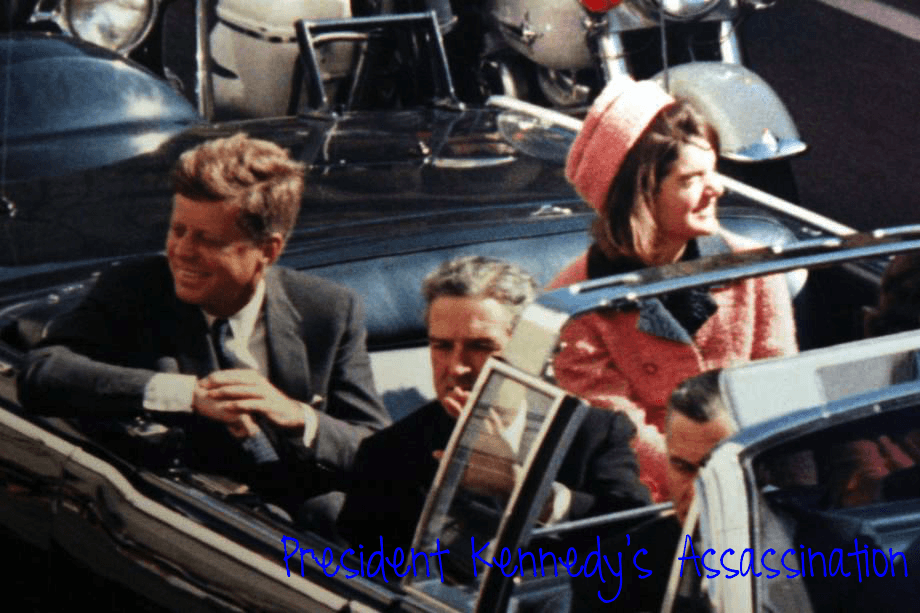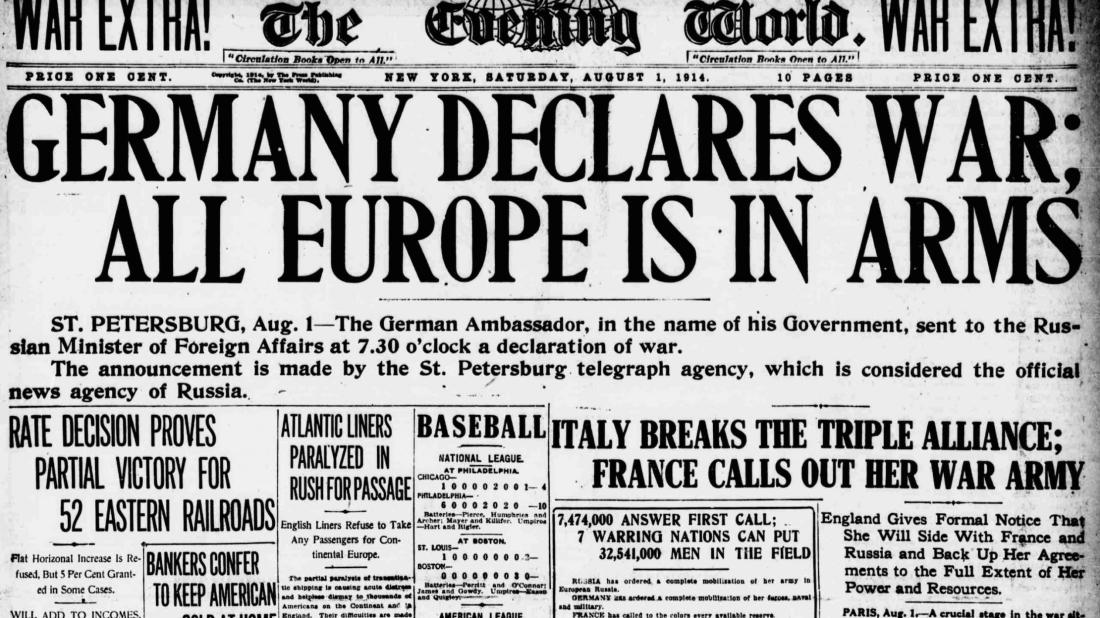Today in History: November 22, 1963 – President Kennedy’s Assassination
Today in History: November 22, 1963 – President Kennedy’s Assassination Today, on Thanksgiving Day, we also honor (if that’s the right word) the 55th anniversary… Read More »Today in History: November 22, 1963 – President Kennedy’s Assassination

